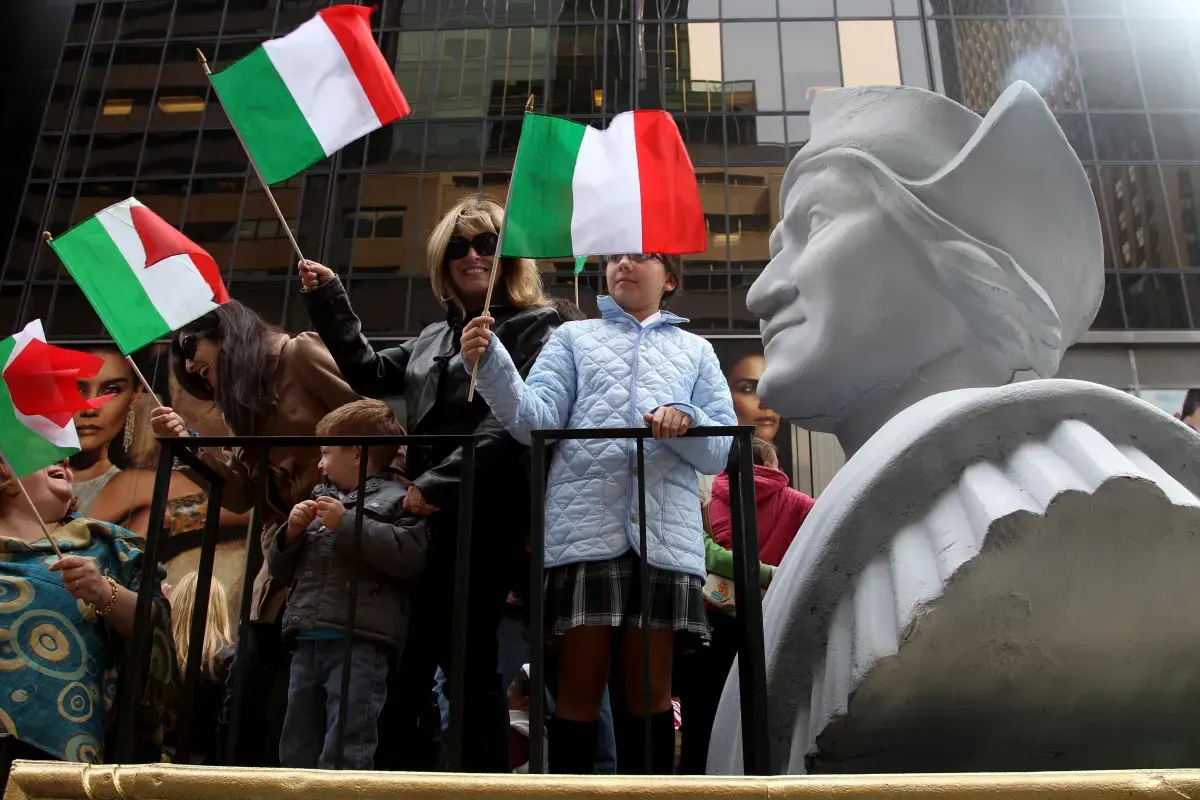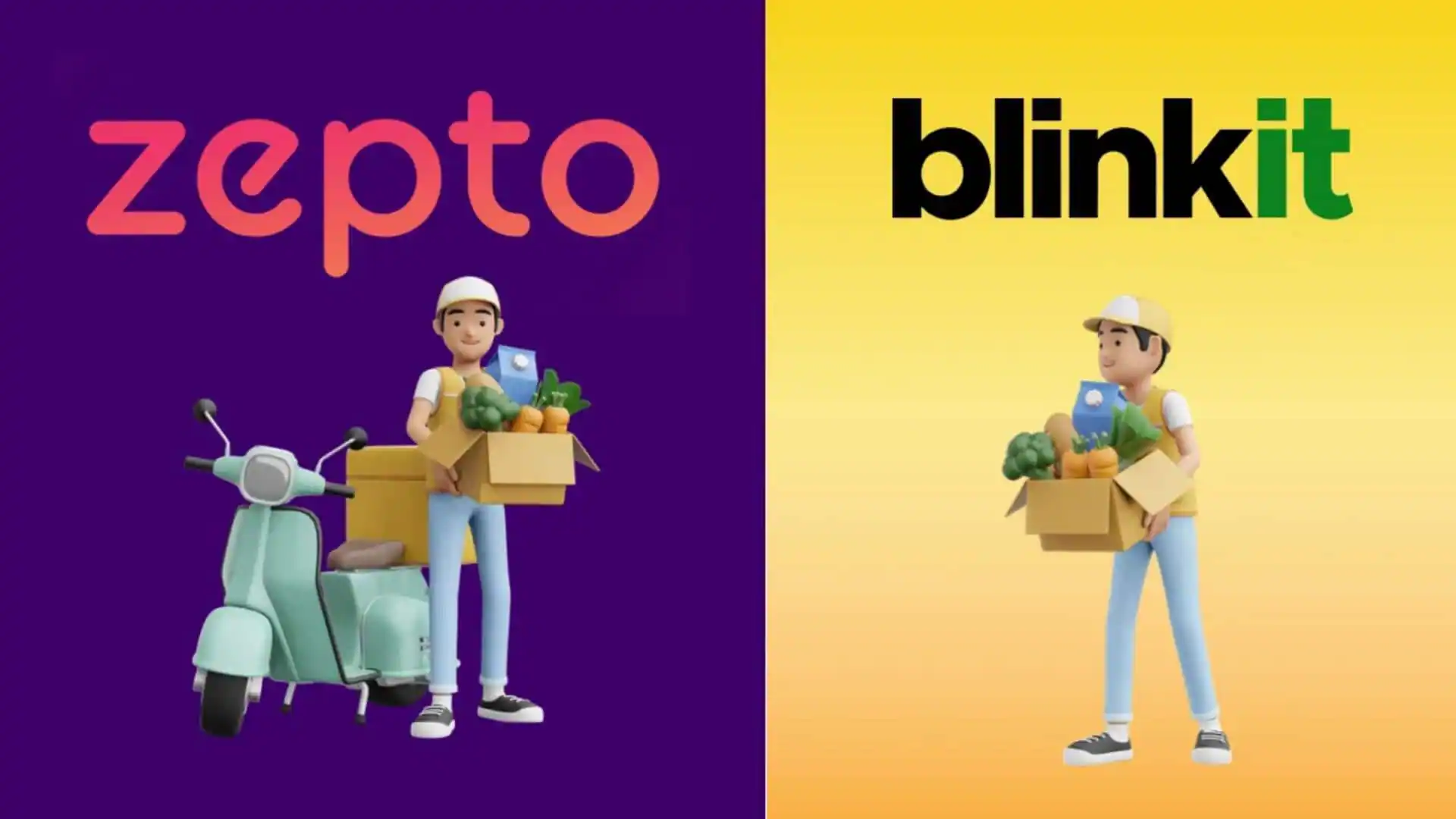Copyright Newsweek

It has been decades in the making, the delegitimization of Christopher Columbus, much of it attached to a similar move to delegitimize America’s Founding Fathers—and the founding of America itself. For Italian-Americans in particular, this has been a deeply troubling trend, especially the toppling of Columbus statues and calls to cancel Columbus Day parades and celebrations across the country after George Floyd's death in Minneapolis in 2020. Earlier this month, President Donald Trump made an important step in the right direction, reclaiming the day as a celebration of an historical figure who is a hero to Americans. This was welcome news to the 18 million Americans of Italian descent enjoying Italian-American heritage month each October. But who was Columbus, and why is his story so important to know, let alone celebrate? One man, Lawrence Bergreen, dared to step into the breach and write about Columbus in the way only historians of substance can. His epic book, Columbus: The Four Voyages, released in 2011, chronicled the full life of the man—the good and the bad, in full historical context. “The flaws were huge, but also so were his accomplishments,” Bergreen told Our American Stories about the explorer. “There's a reason why we remember Columbus.” Christopher Columbus—Colombo—was born in Genoa in 1451, the son of a weaver. He went to sea at 14 and had a rough start: He sank in a battle off the coast of Portugal but managed to paddle safely to shore. Not deterred by his inauspicious maritime debut, he joined a colony of expatriate Genoese sailors in Portugal. He would go on to explore the coast of West Africa and made his way in one expedition all the way to Iceland. “So even as a young person, Columbus had been around, mostly as what we would call a merchant marine,” Bergreen said. Conceptions of world geography at the time were faulty to an almost absurd extent, Bergreen said. “Maps of the era reinforced the belief that China lay just to the west of the Americas, that the Pacific Ocean was not the largest body of water on the planet, but could be traversed in a few days,” Bergreen said. “This was, of course, a huge mistake. Columbus, if he had known the reality of it and how difficult it was to get to China, probably would never have undertaken the voyage.” This, Bergreen noted, was just one of the many ironies embedded in Columbus’ story. The voyage that made him a household name in America—and the three more he would make to the Americas—did not find early support. “He spent a lot of time getting backing for the voyage,” Bergreen said. “He was in Portugal—they wouldn't back him. He finally went to Spain, and by then, he was no longer a young man. He was 40. Forty in those days was late middle age, so he was, in a way, what seemed like the back nine of his career.” But Columbus also possessed strong maritime instincts. “His main gift as a navigator was what we call dead reckoning, sailing by the seat of his pants," Bergreen said. "If he wanted to estimate time and distances, he used very simple devices, such as a rope or a buoy or a landmark, timing the distance it took to move from one end of his ship to another. If it sounds primitive, it was, but it also worked, so he wasn't dependent on technology or intellectual constructs that were beyond his ken.” But for his aversion to the maritime methodologies of the day—he did not steer by the stars, for instance—Columbus would never have set out on this voyage, Bergreen added, because he would have realized how faulty his assumptions were. What also propelled Columbus was a deep sense it was what God wanted. “At times, he even thought that God was speaking to him,” Bergreen said. “I don't mean a mild prompting. I mean, actually hearing a voice. And we know that Columbus had this experience because he wrote down what he thought God actually told him.” He felt that his name meant Christ bearer, Bergreen added, and he had a messianic sense of this. “What was so remarkable when he set out on this voyage across the Atlantic in 1492, the one that we all study about in school, is that it's the first time we know that Europeans had done this with no loss of life,” Bergreen said. Columbus made the voyage three more times, each time improving based on hard-won experience, until—on the last voyage—he was able to cross the Atlantic in only 16 days. “It was an incredible feat,” Bergreen exclaimed. There were other miscalculations, some historical, along the way. "He planned to meet Kublai Khan,” Bergreen said. “The only problem was that Kublai Khan had died decades ago.” Maritime and historical miscalculations notwithstanding, Columbus would make his way across what we now know and call the New World. And that’s when the story gets interesting. And complicated. “That was the beginning of what we call globalization,” Bergreen said. “We can debate endlessly whether this was a good or a bad thing. But once Columbus started this process of going back and forth between what we now call the Americas and Spain and Europe, there was no stopping it. And it wasn't just trade and geopolitics. It was also what we call the Columbian Exchange, which involved livestock, and seeds and germs and other things that could not be undone because what you left behind stayed and transformed the landscapes of both the Old World and the New.” On the first voyage, Columbus’ initial contacts with natives were tentative and respectful. “I hope to win them to the love and service of their Highnesses,” he wrote to Ferdinand and Isabella and the whole Spanish nation. “They have no religion, but they are not idolators. They believe that power and goodness dwell in the sky, and are firmly convinced that I have come from the sky with these ships and people. This is because they are not stupid. Far from it. “They are men of great intelligence, for they give a marvelously good account of everything. But they have never before seen men clothed or ships like these.” The Columbian exchange had some positive attributes, and negative ones, too. “Columbus brought with him white potatoes, sweet potatoes, and maize, from the New World to the Old, to Europe, and he brought wheat, turnips, barley, apples, and rice from Europe to the Americas,” Bergreen said. “They made a big difference because they enabled the people in the Americas who started growing them to rapidly increase the population there.” But there was more, Bergreen explained. "Columbus and his men brought horses, cattle, sheep, and goats to the New World," he said. "We have to imagine what it was like without horses, without cattle, before them. They also brought back to Europe pathogens that were unknown. People didn't really know about germ theory in those days. These pathogens had a devastating effect. Smallpox, malaria, chickenpox, influenza, and yellow fever all came thanks to Columbus and his men, but not intentionally. He never decided, OK, we're going to intentionally infect defenseless people in another land. They didn't realize they were doing it." Thanks to his endless letter-writing and other historical accounts, we have many lasting impressions of what Columbus was like. “But we don't know what the Taíno Indians of the Caribbean or other indigenous peoples thought,” Bergreen said. “We can guess, and we can judge or infer from their actions. But there is some sense they did regard Columbus as a messiah, but not in the sense that Columbus thought of himself, as bearing a divine message, but as a harbinger of the end of time, because apparently—and some people have suggested—that there was a myth that was prevalent, or a belief among the Taíno and other peoples, that when ships like this appeared, that was the end of the world.” This would lead to devastating result. “They responded in a drastic way. Many committed suicide. They jumped off cliffs, they poisoned one another,” Bergreen said. “Columbus saw some of this and was mystified. He had no way of knowing why it was happening, not realizing he’d unintentionally triggered it. This is a particularly tragic instance of unintended consequences.” Bergreen closed things out with this observation about the extraordinary and complex life of Columbus, one worth celebrating and honoring, with these words. "You could see that Columbus, throughout these voyages and his life, ricocheted from one misconception to another, from misplaced idealism to unintentional or overlooked cruelty," he said. "That makes him an extraordinarily complex figure and also a very important figure because the results of his voyages are with us to this day and won't be undone. They are really permanent. So that makes him one of the most important figures in the history of exploration, if not history, both for better and for worse. And I think he speaks to the human condition—about our own susceptibility or fallibility—about both the inspiring and deleterious effects of belief. That's why he still grips our imagination as well as our intellect." America owes much to Columbus and his mission. Our nation’s capital was itself named for the explorer, and nearly 150 statues in his honor still stand across our vast continent. And for good reason. Our founders—men like George Washington and Thomas Jefferson—were men who lived in their times, not ours, and who, like all of us, had real flaws. But it’s their accomplishments we celebrate. Accomplishments that changed the course of American history. And world history, too. Christopher Columbus was—in his own way—a Founding Father, too. A man of his time. And a man who transcended time. It’s a life worth knowing and celebrating, as Congress intended, on the second Monday of October—today and for all time. This essay was co-written by Lee Rizzuto, recently confirmed U.S. ambassador to the Organization of American States. He is the former vice president of Conair Corporation.



